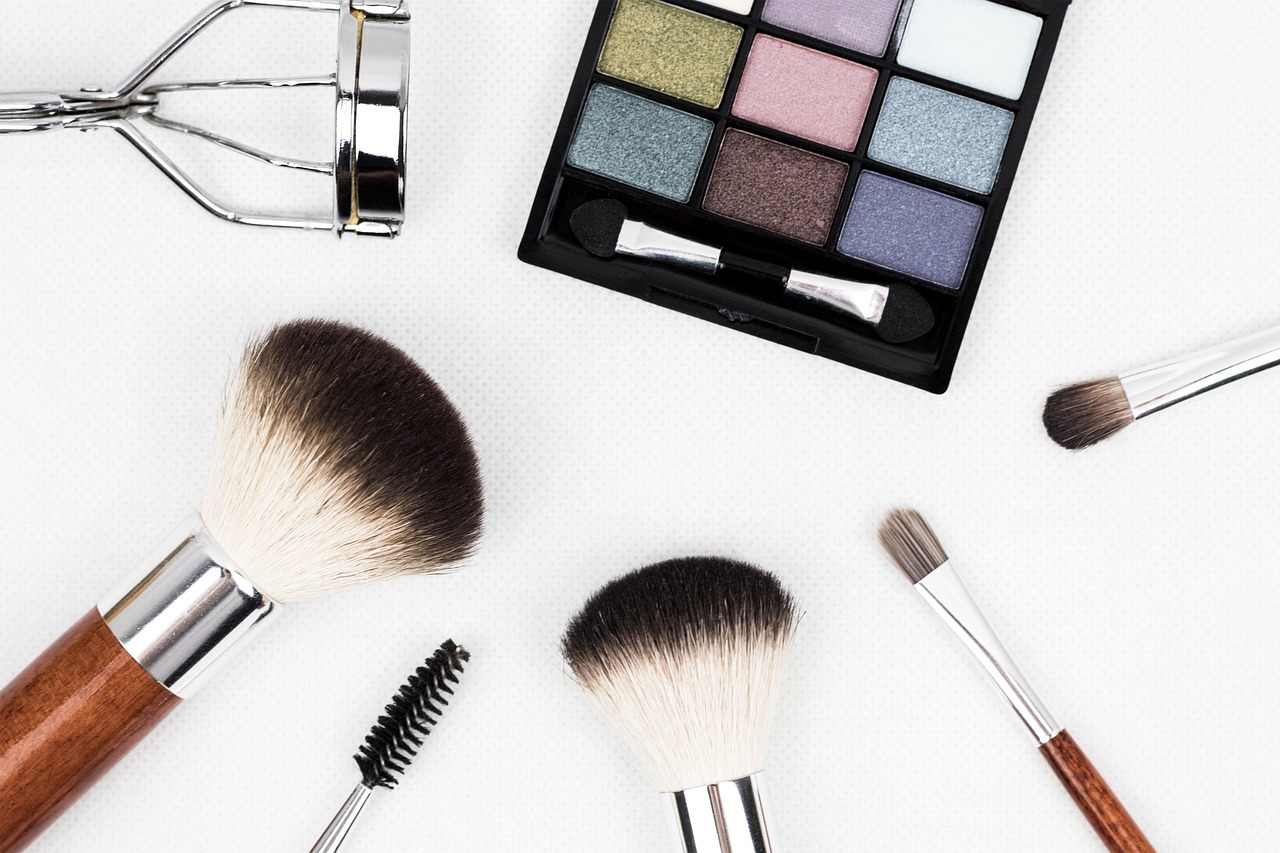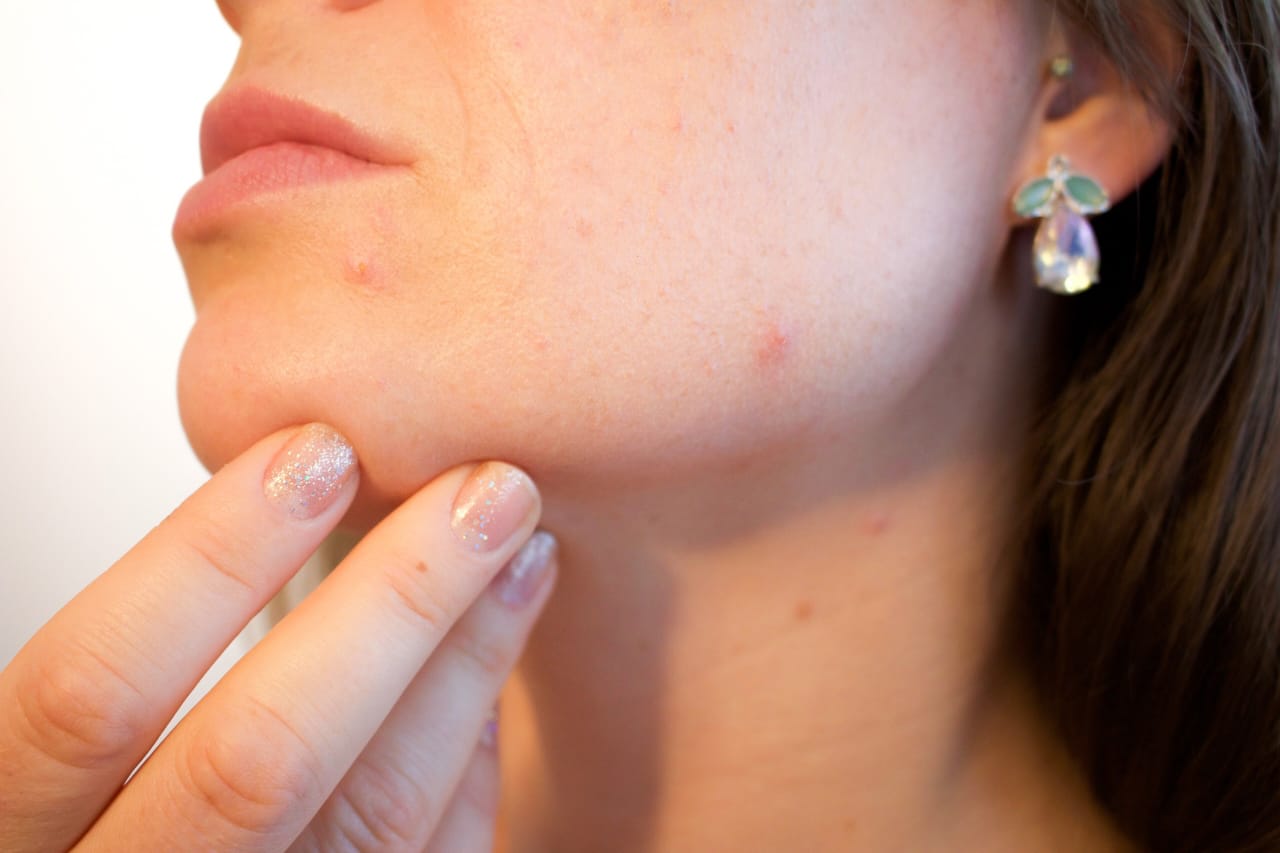“Ancient Glamour to Modern Chic: Dive into Beauty Trends”
http://icdrc.org/wp-content/uploads/2024/07/images-6.jpeg 310 162 admin admin http://0.gravatar.com/avatar/693ccb227eb6527287caaa4e9eb13c6e?s=96&d=mm&r=gIntroduction
Beauty trends have always mirrored society’s values, aspirations, and technological advancements. From ancient civilizations to modern times, these standards have undergone significant changes. In this blog, we will explore historical beauty trends, focusing on their evolution over time. Let’s journey through the past and uncover the fascinating beauty rituals and standards that have shaped our present.
Ancient Egypt
Cleopatra’s Influence
To begin with, Cleopatra, one of ancient Egypt’s most iconic figures, set many beauty standards. Her use of kohl to line her eyes was both a cosmetic and a health practice. Kohl protected eyes from the harsh sun and warded off infections. Additionally, ancient Egyptians used crushed beetles to create a red dye for their lips and cheeks. This practice highlighted their love for vibrant colors.
Skin Care Rituals
Moreover, Egyptians prioritized skincare. They bathed regularly and used natural ingredients like milk and honey to moisturize their skin. Milk baths were popular, as the lactic acid helped exfoliate and soften the skin. Oils, such as castor and sesame, were also used to protect the skin from the dry climate.
Ancient Greece
Ideal Beauty
In ancient Greece, beauty was synonymous with harmony and proportion. The Greeks admired symmetry, which they believed represented both physical and moral excellence. This admiration extended to their beauty practices.
Cosmetics and Skincare
Furthermore, Greek women used white lead to achieve a pale complexion, considered a sign of nobility. They also used red iron oxide to create a blush for their cheeks. Olive oil was a staple in their skincare routine, used to cleanse and moisturize the skin. Honey and yogurt were common ingredients in their face masks, providing nourishment and hydration.
Ancient Rome
Roman Beauty Standards
Similarly, Romans were heavily influenced by Greek beauty ideals but added their own twists. They valued a pale complexion, associating it with wealth and leisure. To achieve this, they used chalk and white lead. However, their use of these substances often led to health problems.
Baths and Skincare
In addition, Romans were known for their elaborate bathing rituals. Public baths were social hubs where people relaxed and pampered themselves. They used oils and scrapers to cleanse their bodies. Additionally, they applied various natural ingredients like rose water and almond oil to maintain their skin’s health and appearance.
Medieval Europe
Modesty and Paleness
During the Middle Ages, modesty became a significant aspect of beauty. A pale complexion remained desirable, symbolizing purity and nobility. Women used lead-based makeup to lighten their skin, despite the risks. They also plucked their hairlines to create a higher forehead, a sign of intelligence and elegance.
Herbal Remedies
In contrast, medieval women relied on herbal remedies for skincare. They used rose water and lavender to cleanse and tone their skin. Herbal infusions and oils were popular for treating various skin ailments and maintaining a youthful appearance.
Renaissance
Rebirth of Beauty
The Renaissance marked a rebirth of art, culture, and beauty standards. People celebrated humanism, emphasizing individual beauty and expression. Pale skin continued to be fashionable, but rosy cheeks and lips became popular as well.
Cosmetics and Skincare
Women used a mixture of white lead and vinegar to achieve a pale complexion. They also used carmine to add color to their lips and cheeks. Skincare routines included the use of milk baths, honey masks, and herbal treatments to maintain a fresh and youthful appearance.
Victorian Era
Natural Beauty
By the Victorian era, there was a shift towards more natural beauty. Women aimed for a delicate, ethereal look, with pale skin, rosy cheeks, and soft lips. They avoided heavy makeup, which was associated with lower-class women and actresses.
Skincare Practices
Victorian women used a variety of homemade remedies for skincare. They favored rose water, cucumber, and oatmeal for cleansing and toning. Cold creams, made from ingredients like beeswax and almond oil, were used to moisturize and protect the skin.
20th Century
The Roaring Twenties
The 1920s brought significant changes to beauty standards. Women embraced a more liberated and youthful appearance. The iconic flapper look featured short bob haircuts, bold red lips, and dark eyeshadow. This era celebrated individuality and freedom.
Golden Age of Hollywood
During the 1930s to 1950s, known as the Golden Age of Hollywood, beauty trends were heavily influenced by film stars. Actresses like Marilyn Monroe and Audrey Hepburn set standards with their glamorous looks. Women aspired to have perfectly coiffed hair, flawless skin, and dramatic makeup.
The Swinging Sixties
Then, the 1960s brought about a revolution in beauty trends. Twiggy, with her pixie haircut and bold eye makeup, became an icon. Women experimented with bright colors, false eyelashes, and innovative hairstyles.
The Natural Seventies
Following the 1960s, the 1970s saw a return to natural beauty. This decade embraced a more relaxed and bohemian style. Women favored minimal makeup, with a focus on healthy, glowing skin. Hairstyles were often long and free-flowing, reflecting the era’s free-spirited nature.
The Glamorous Eighties
However, the 1980s were all about excess and glamour. Bold makeup, including bright eyeshadows and red lipstick, was in vogue. Hairstyles were big and voluminous, often styled with hairspray. This era celebrated bold fashion and individuality.
The Minimalist Nineties
The 1990s marked a shift towards minimalism. Grunge and supermodel looks dominated the beauty scene. Natural makeup, thin eyebrows, and sleek hair were popular. This decade emphasized simplicity and understated elegance.
21st Century
Diverse Beauty Standards
Entering the 21st century, we see a celebration of diversity in beauty standards. Social media and globalization have brought various cultures and trends into the mainstream. Today, beauty is about self-expression and individuality.
Influence of Technology
Advancements in technology have revolutionized the beauty industry. Skincare products now feature innovative ingredients like hyaluronic acid and retinol. Makeup techniques, such as contouring and highlighting, have become mainstream thanks to online tutorials.
Sustainability and Inclusivity
Finally, modern beauty trends prioritize sustainability and inclusivity. Brands are creating eco-friendly products and embracing diversity in their marketing. Consumers now demand transparency and ethical practices from beauty companies.
Conclusion
In conclusion, beauty trends have evolved significantly over the centuries, reflecting changes in society, culture, and technology. From the elaborate rituals of ancient Egypt to the minimalist styles of the 1990s, each era has left its mark on our current beauty standards. Today, we celebrate diversity and individuality, embracing a wide range of beauty ideals. Understanding the history of beauty trends allows us to appreciate the rich tapestry of practices and standards that have shaped our present.
learn about Sustainable Beauty: Embracing Eco-Friendly Practices for a Greener Future
learn about https://anvitasudarshan.medium.com/a-brief-history-of-beauty-96e513e2217




